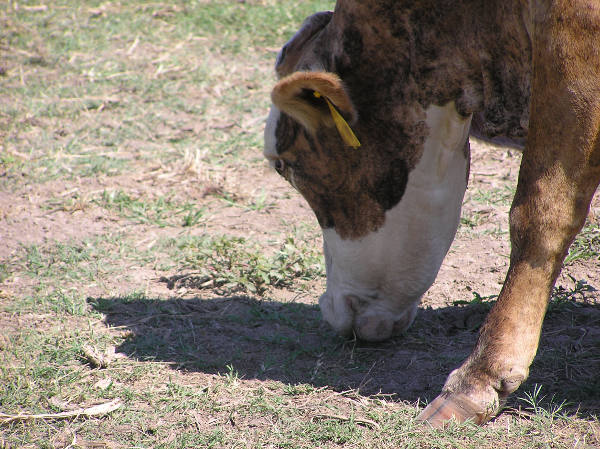April 30, 2013

Much of the state’s warm-season grass pastures have yet to recover from damage suffered during the 2010 drought, said a Texas A&M Agricultural Extension Service forage expert.
The recovery delay is caused by several factors, said Dr. Larry Redmon, AgriLife Extension state forage specialist, College Station. Factors include the continuing drought, cooler-than-average weather, cutbacks on fertilizer applications and overstocking.
As of April 23, the U.S. Drought Monitor listed 92 percent of the state in one form of drought or another — moderate, severe, extreme or exceptional.
Producers can’t do anything about the drought, Redmon said. But if they can lower their stocking rates and improve soil fertility, they’ll improve the chances for warm-season grass recovery.
However, from his observations as he travels around the state, many producers have not done either.
If you are enjoying reading this article, please check out Southwest Farm Press Daily and receive the latest news right to your inbox
“It’s spring, and it’s green out there,” he said. “But most of that green is not grass but weeds, and we have to be very careful with our stocking rates. Only a very few people are using the amount of fertilizer they should be because prices are so high. Hybrid Bermuda grasses must be fertilized or they start to weaken and other species (forbs or weeds) start moving in to take their place.”
On a positive note, warm-season grasses were not damaged by the late freezes in March and April, he said. The lack of damage was because of delayed emergence from dormancy, a result of the cooler-than-normal weather interrupting a warming trend.
However, some areas are better off than others, which is allowing people to cut back or quit feeding hay entirely, Redmond said.
“If you look at a little bit of East Texas, it looks pretty good,” he said. “But when you get out of deep East Texas and into the post oak savannahs, the Blackland Prairies, South Texas, West Texas, North Texas – many of those areas are essentially unchanged from 2011.”
Even native grass pastures, which have good drought tolerance, were not spared in some areas, Redmon said.
“If you were in Central Texas, west and south, a lot of those forages were destroyed, even with their great drought tolerance,” he said. “When we start killing redberry juniper out on the plateau, you know it’s dry.”
But there is native grass seed in the soil, and with some water and the correct stocking rate they will eventually recover, Redmon said.
More information on the current Texas drought and wildfire alerts can be found on the AgriLife Extension Agricultural Drought Task Force website at http://agrilife.tamu.edu/drought/.
You may also like:
South Texas drought taking its toll on cattle ranchers
You May Also Like




